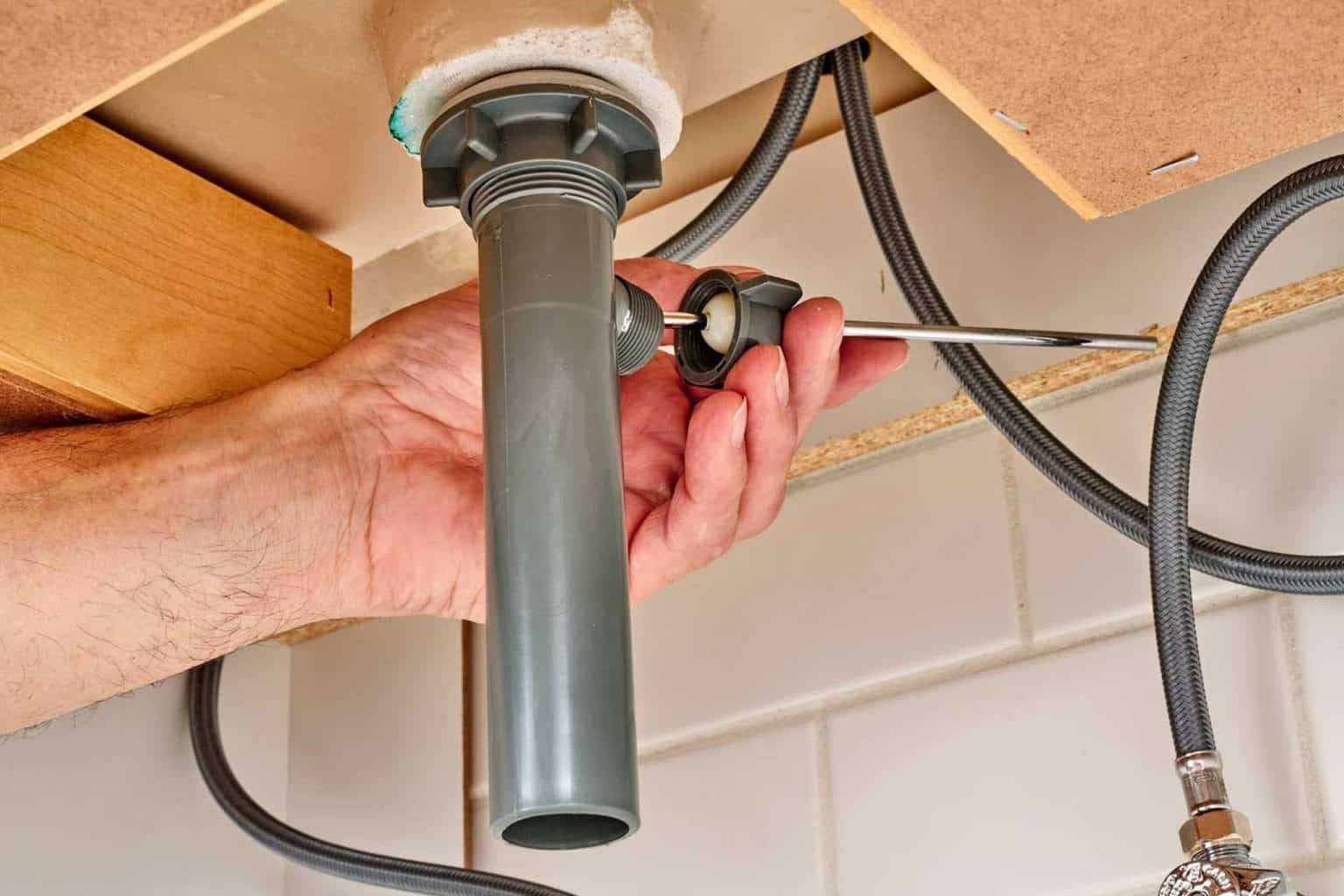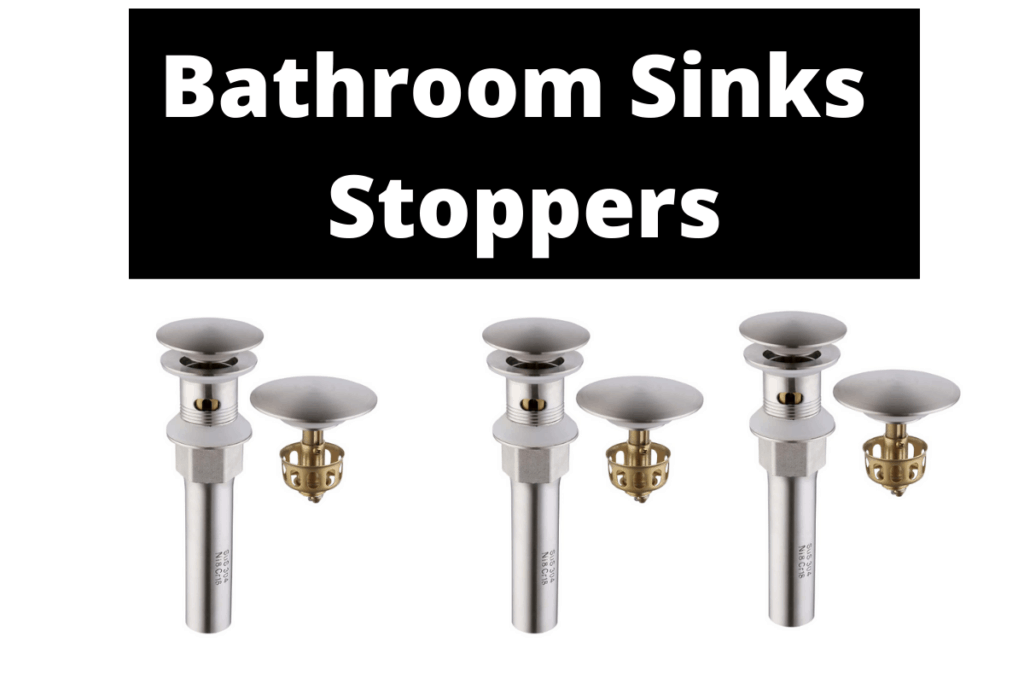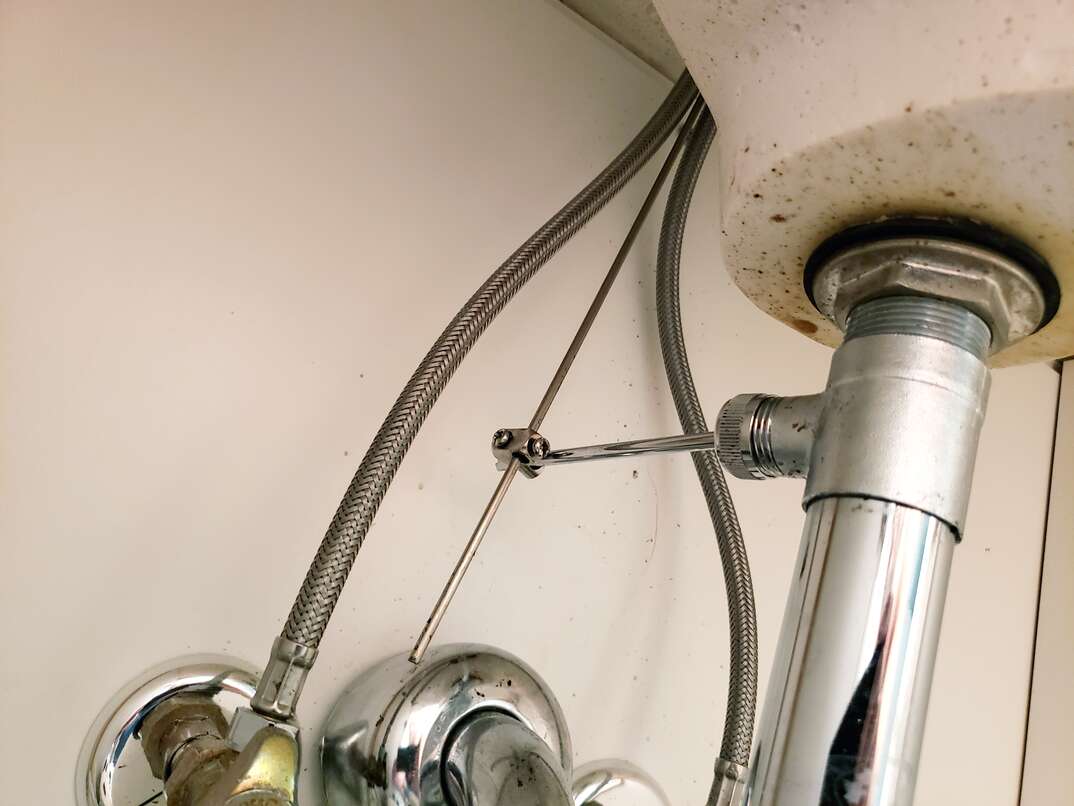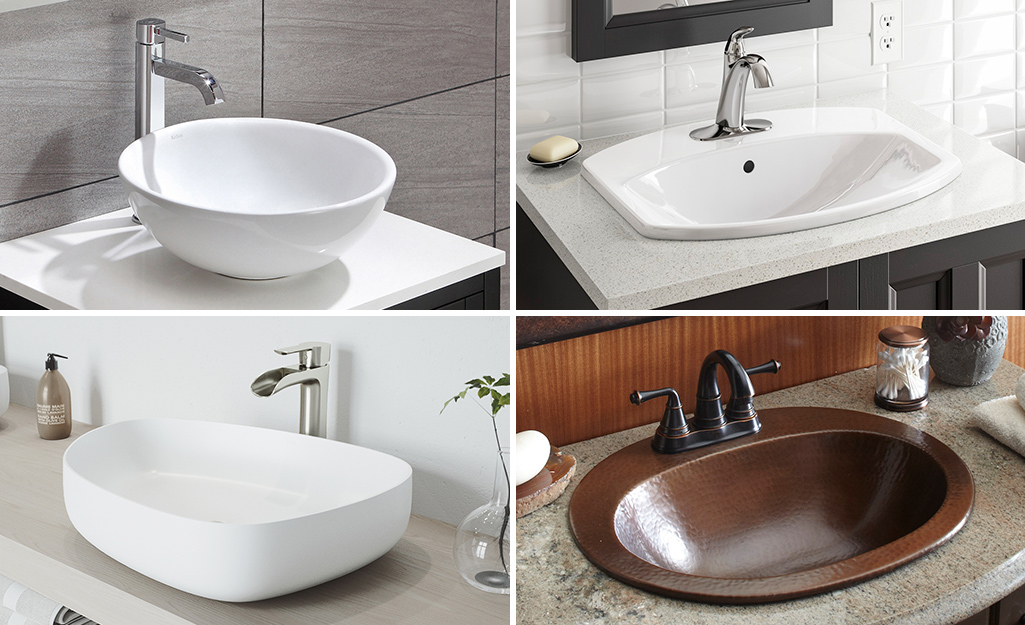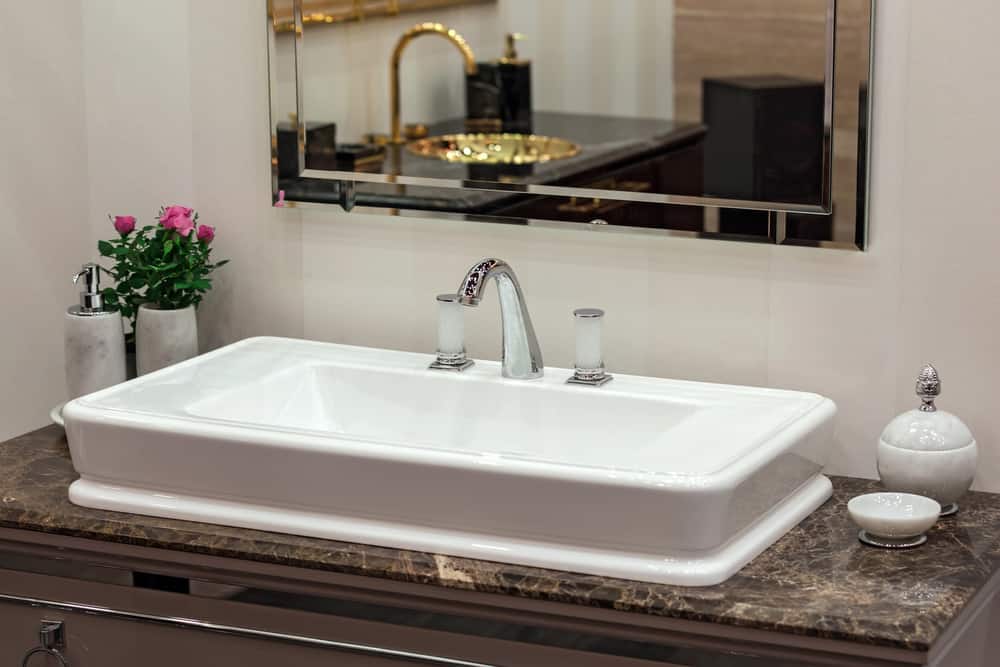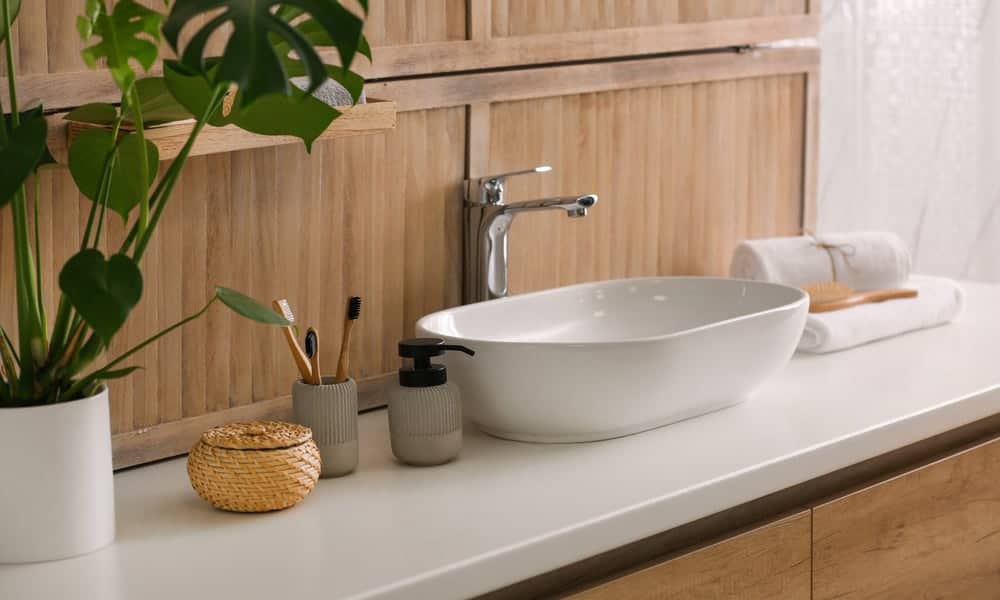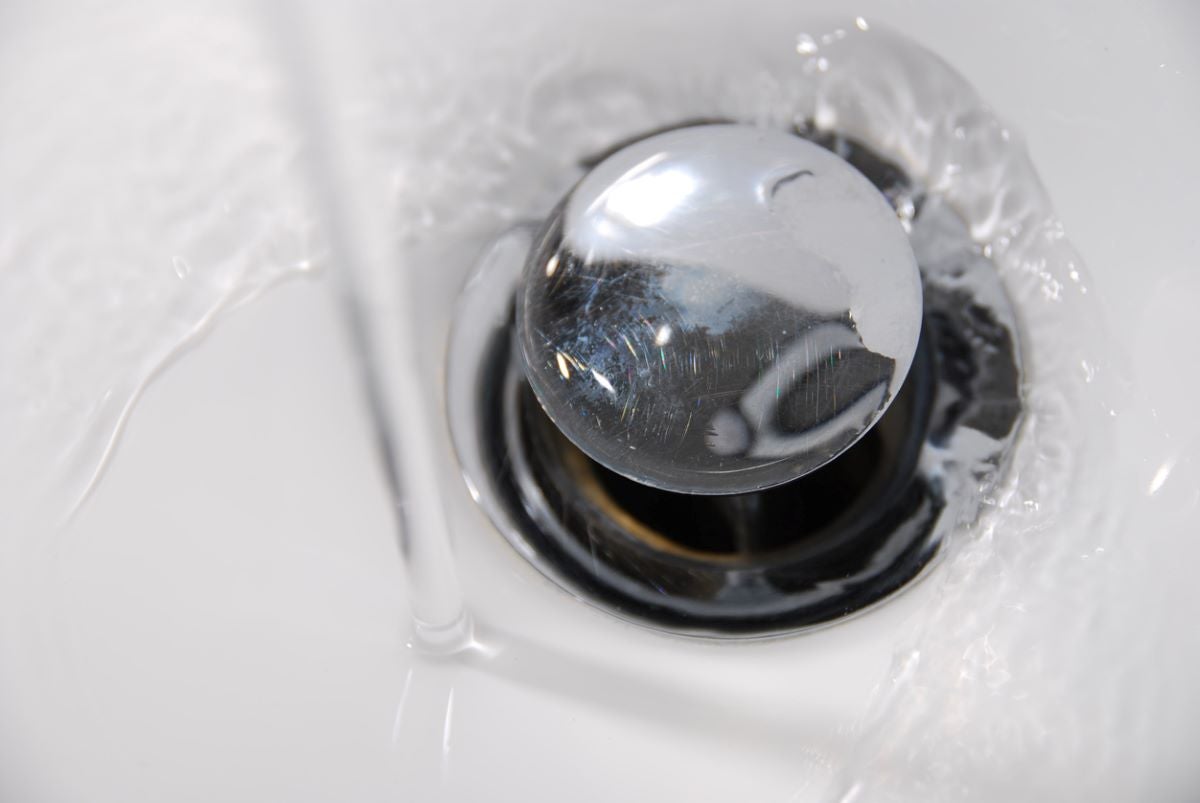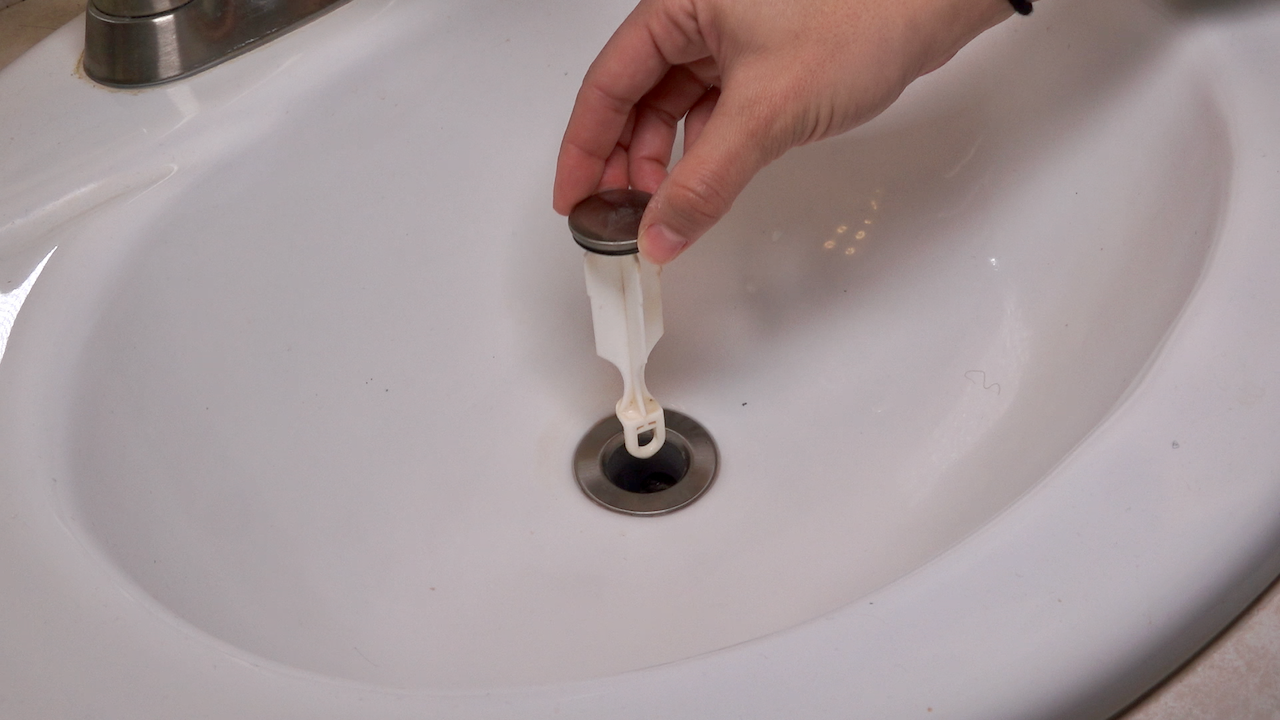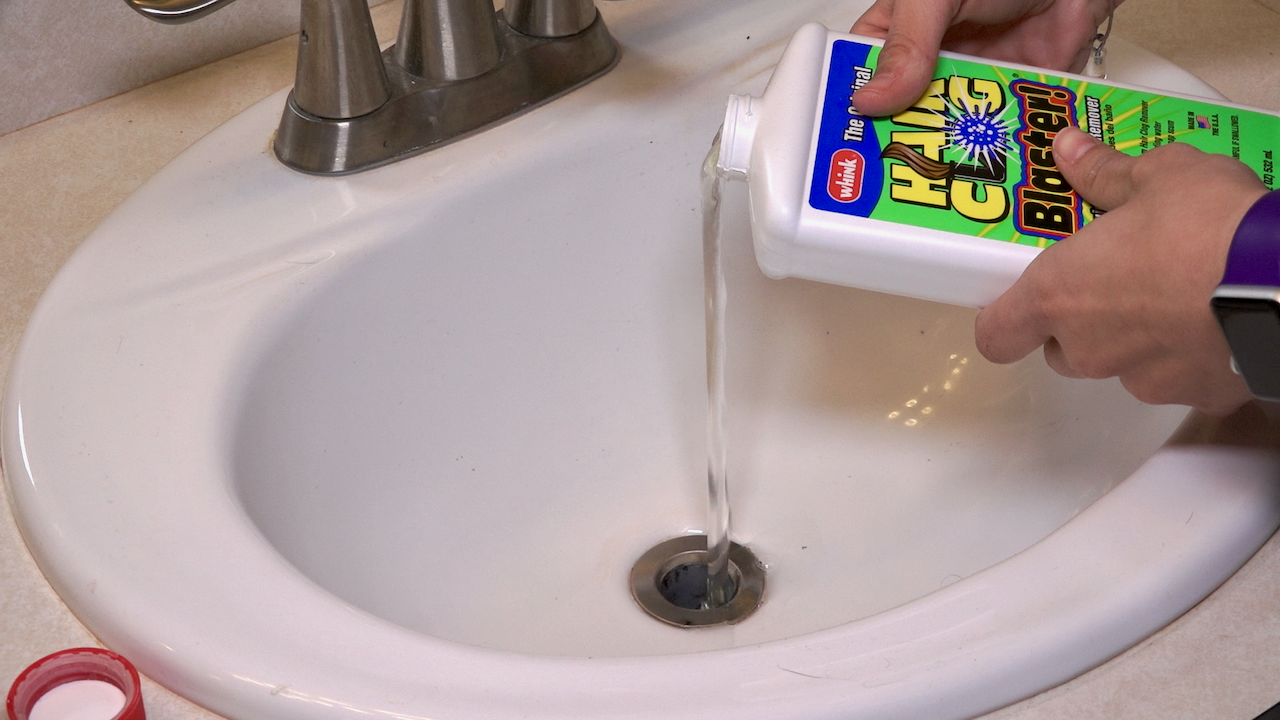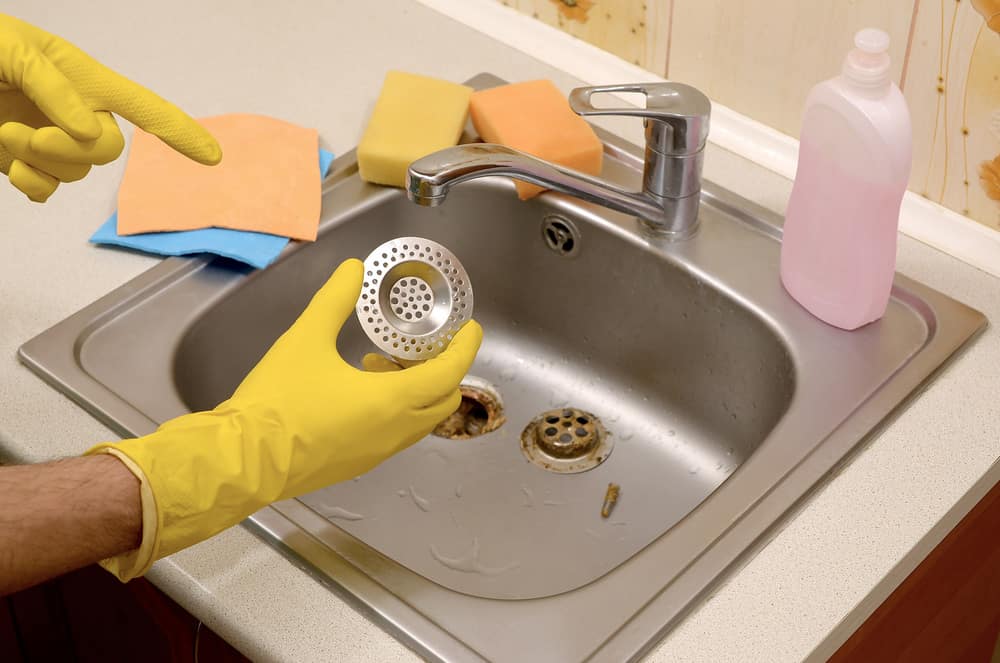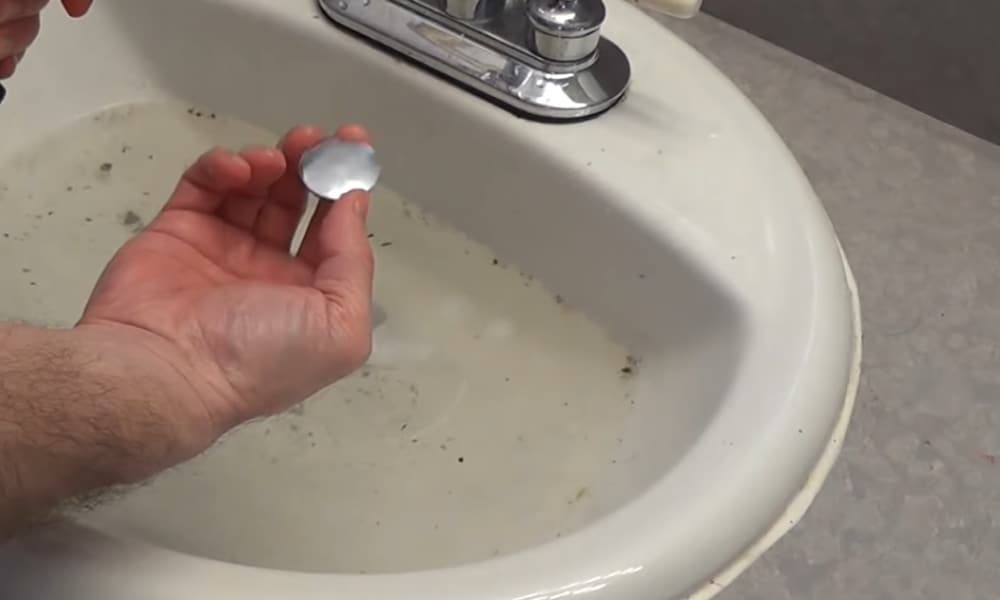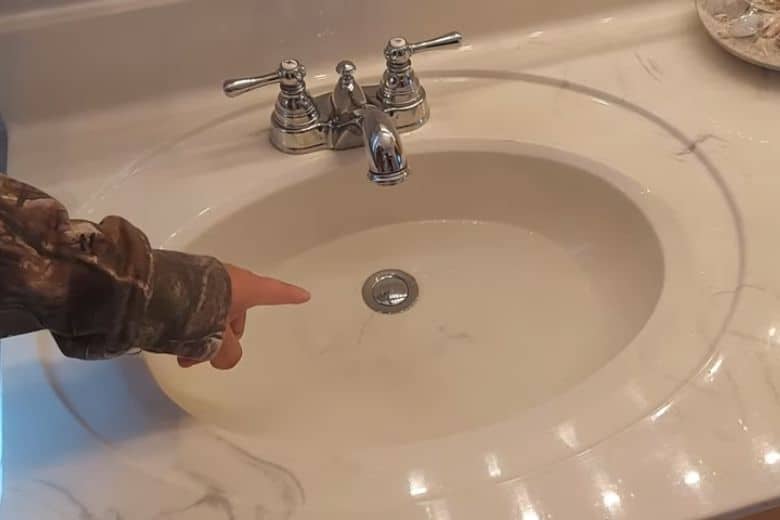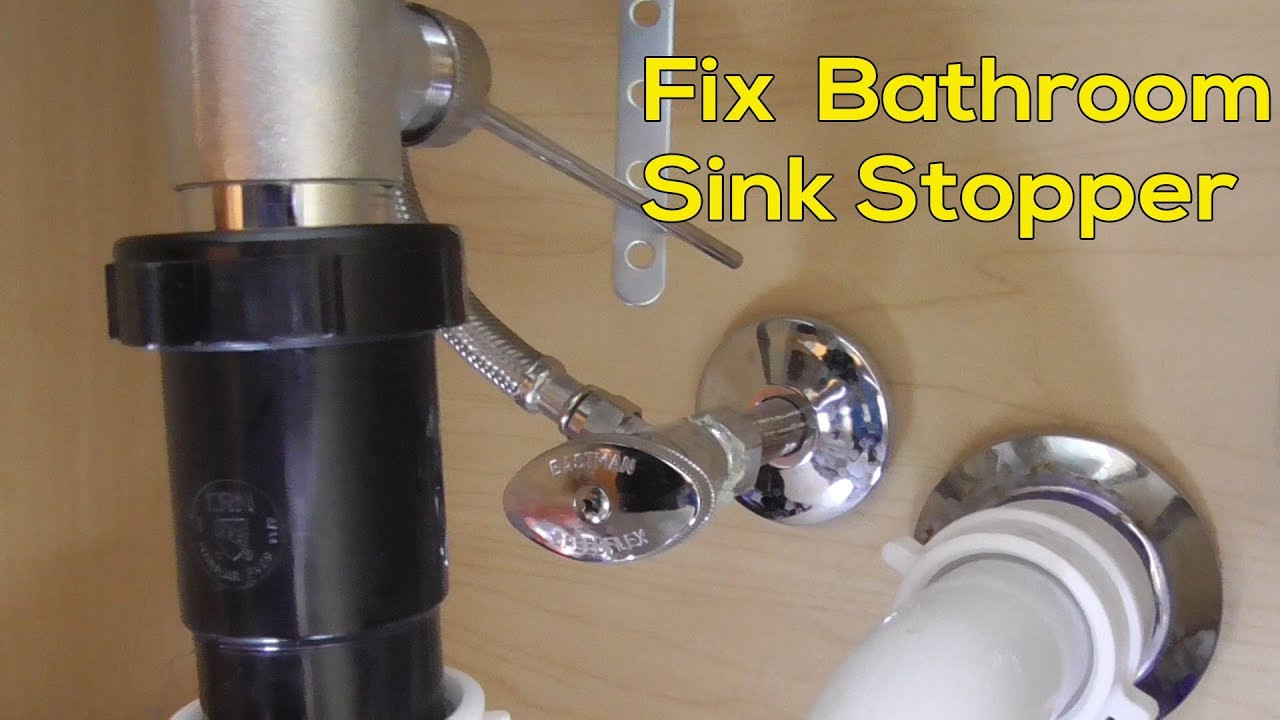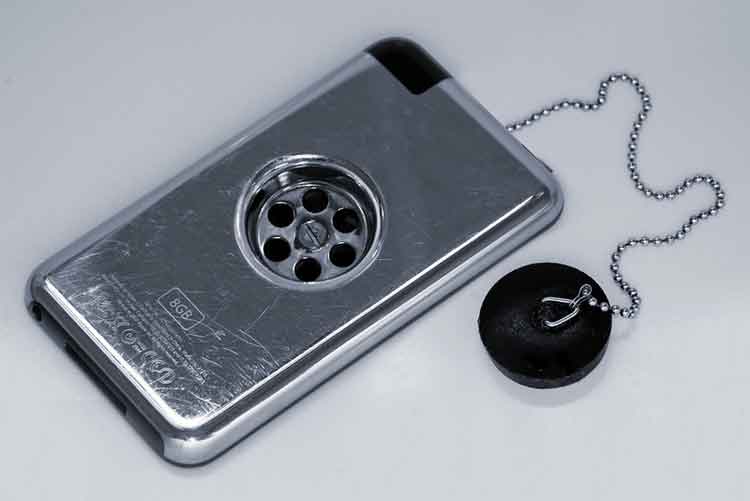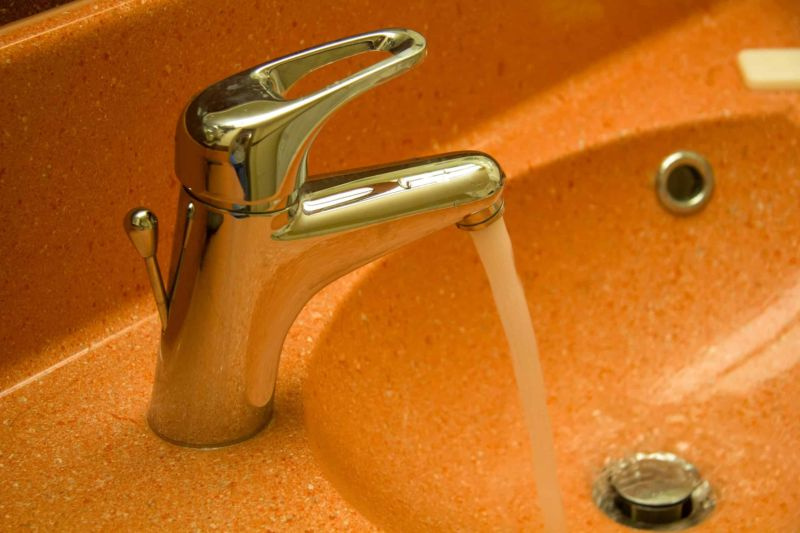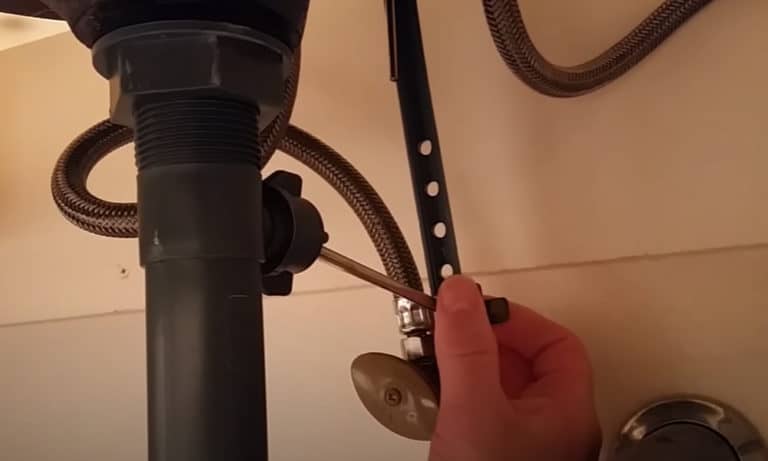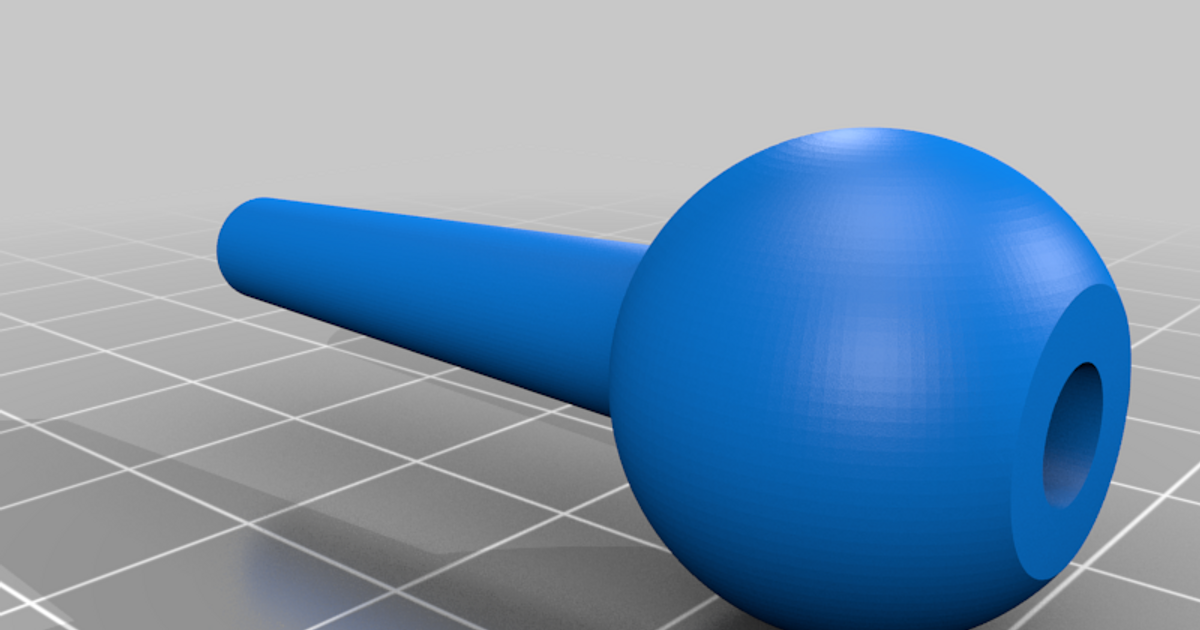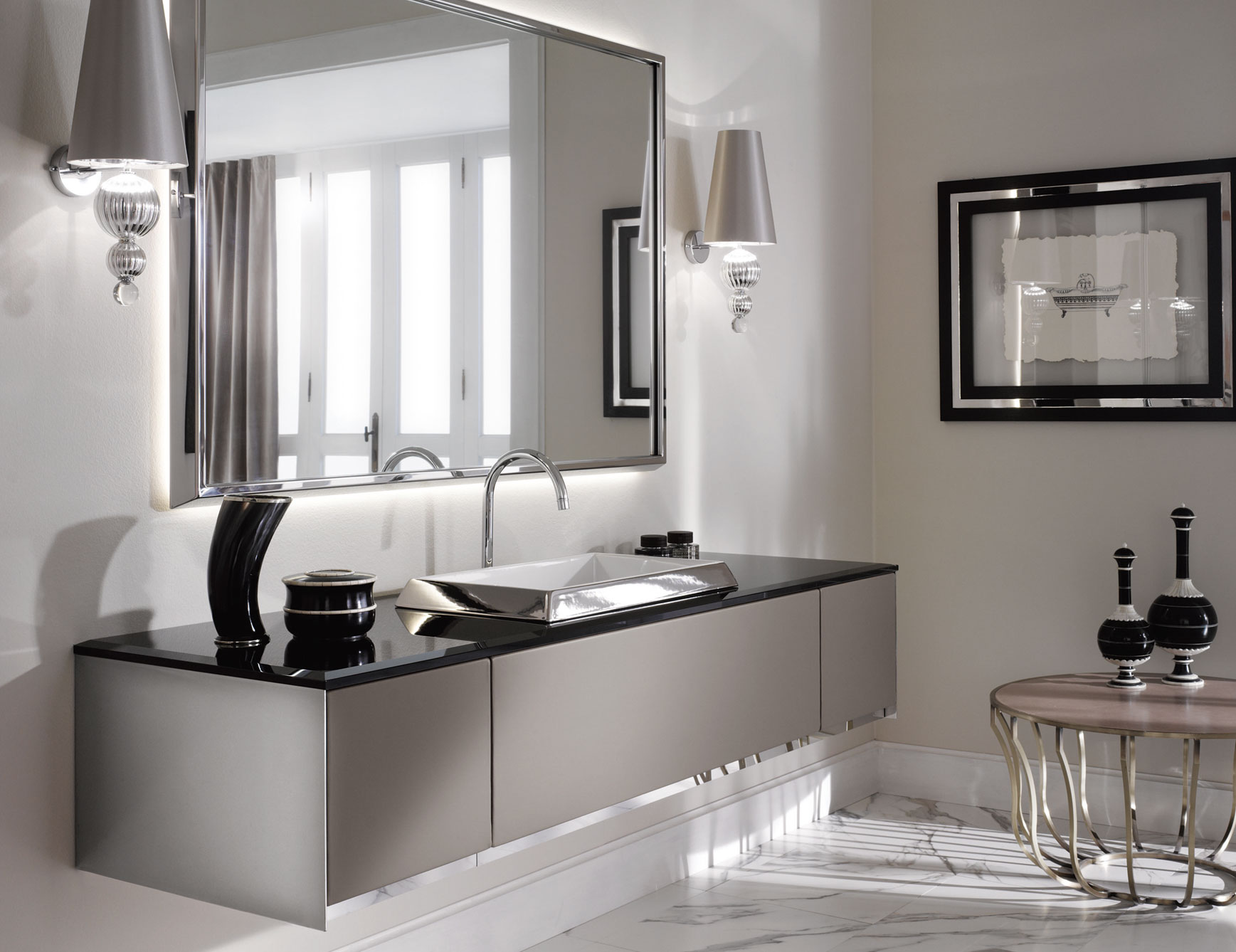Are you tired of constantly dealing with clogs and slow drains in your bathroom sink? It may be time to consider adding a stopper to your sink. Not only will a stopper help prevent clogs, but it can also improve the overall functionality and appearance of your sink. Read on to learn everything you need to know about bathroom sink stoppers and why you may need one in your bathroom. Bathroom Sink Stoppers: Everything You Need to Know
Installing a bathroom sink stopper is a relatively simple process that can be done in just a few steps. First, remove the old stopper, if there is one, by unscrewing it from the drain or pulling it out. Then, clean the drain and surrounding area thoroughly. Next, insert the new stopper into the drain and secure it in place according to the manufacturer's instructions. Finally, test the stopper to make sure it opens and closes smoothly. If you're unsure of how to install a stopper, it's always best to consult a professional plumber. How to Install a Bathroom Sink Stopper
Many people underestimate the importance of a bathroom sink stopper, but it serves several crucial functions. First and foremost, a stopper prevents debris and hair from going down the drain and causing clogs. It also helps maintain water levels in the sink, making it easier to rinse and wash your face and hands. Additionally, a stopper can also prevent any unwanted odors from coming up through the drain. The Importance of a Bathroom Sink Stopper
While bathroom sink stoppers are helpful, they can also experience some common problems that can hinder their effectiveness. One of the most common issues is a stopper that won't stay open or closed. This can be caused by a worn out or broken mechanism, which may need to be replaced. Another problem is a stopper that is stuck in the open or closed position. This can be caused by a buildup of debris or a faulty mechanism. Common Problems with Bathroom Sink Stoppers
If you notice water leaking from your bathroom sink stopper, it's important to address the issue as soon as possible. First, check the rubber seal around the stopper to see if it is worn or damaged. If so, it will need to be replaced. You can purchase a new seal at your local hardware store and easily install it yourself. If the leak is not coming from the seal, it may be due to a faulty mechanism. In this case, it's best to call a plumber to fix the issue. How to Fix a Leaky Bathroom Sink Stopper
There are various types of bathroom sink stoppers available on the market, each with its own unique design and installation process. The most common types include pop-up stoppers, push-pull stoppers, and lift-and-turn stoppers. Pop-up stoppers are the most popular and operate by pushing down on the top of the stopper to close it and pushing it down again to open it. Push-pull stoppers require you to pull up on the stopper to close it and push it down to open it. Lift-and-turn stoppers, as the name suggests, require you to lift and turn the stopper to close and open it. Different Types of Bathroom Sink Stoppers
To ensure your bathroom sink stopper continues to function properly, it's important to clean and maintain it regularly. First, remove any debris or buildup from the stopper and surrounding area. You can use a toothbrush or pipe cleaner to reach any crevices. Then, use a mild cleaner or vinegar to disinfect the stopper. Finally, lubricate the stopper mechanism with a silicone-based lubricant to keep it working smoothly. How to Clean and Maintain Your Bathroom Sink Stopper
If you find yourself with a stuck bathroom sink stopper, there are a few things you can try before calling a plumber. First, try using a pair of pliers to gently twist and pull the stopper out of the drain. Be careful not to use too much force, as this can damage the mechanism. If this doesn't work, you can try using a mixture of baking soda and vinegar to dissolve any buildup around the stopper. If all else fails, it's best to call a professional for assistance. Troubleshooting Tips for a Stuck Bathroom Sink Stopper
If you have an older bathroom sink stopper or are simply looking to upgrade, there are many options available to choose from. Some modern stoppers come with added features like a built-in hair catcher or adjustable water flow. You can also choose from a variety of materials, such as chrome, brass, or plastic, to match your bathroom's aesthetic. When selecting a new stopper, be sure to consider the size and design of your sink to ensure a proper fit. Upgrading Your Bathroom Sink Stopper: A Guide
In addition to preventing clogs and maintaining water levels, using a bathroom sink stopper has several other benefits. It can help conserve water by allowing you to fill the sink with just the right amount of water for your needs. It can also improve the overall appearance of your sink by covering the drain and creating a sleek, seamless look. Plus, with the added features of modern stoppers, you can make your bathroom sink even more functional and convenient. In conclusion, a bathroom sink stopper is an essential component of any functioning sink. It helps keep your drain clear, maintains water levels, and can even add to the overall aesthetics of your bathroom. By understanding the different types, how to install and maintain them, and how to troubleshoot common problems, you can enjoy the benefits of a bathroom sink stopper in your own home. So, does your bathroom sink need a stopper? The answer is a resounding yes! The Benefits of Using a Bathroom Sink Stopper
Why a Stopper for Your Bathroom Sink is a Must-Have

The Importance of a Sink Stopper
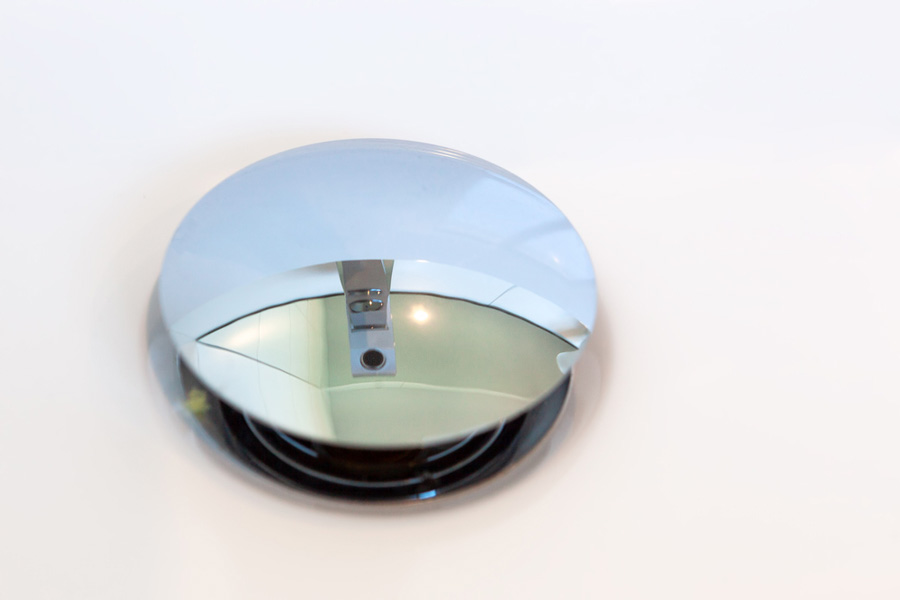 When it comes to designing or renovating your home, the bathroom is often overlooked. However, it is a space that should not be underestimated. The bathroom is where you start and end your day, and it should be a functional and comfortable space. One of the essential elements of a bathroom is the sink, and it is crucial to have a working stopper for it. A sink stopper may seem like a small detail, but it plays a significant role in the functionality and design of your bathroom.
Stopper
is a mechanism that allows you to control the flow of water in your sink. It is a small device that is usually placed in the drain of the sink, and it can be opened or closed to let the water flow or stop it. While it may seem like a simple mechanism, it has several benefits that make it a must-have for your bathroom sink.
When it comes to designing or renovating your home, the bathroom is often overlooked. However, it is a space that should not be underestimated. The bathroom is where you start and end your day, and it should be a functional and comfortable space. One of the essential elements of a bathroom is the sink, and it is crucial to have a working stopper for it. A sink stopper may seem like a small detail, but it plays a significant role in the functionality and design of your bathroom.
Stopper
is a mechanism that allows you to control the flow of water in your sink. It is a small device that is usually placed in the drain of the sink, and it can be opened or closed to let the water flow or stop it. While it may seem like a simple mechanism, it has several benefits that make it a must-have for your bathroom sink.
Prevents Clogging and Water Wastage
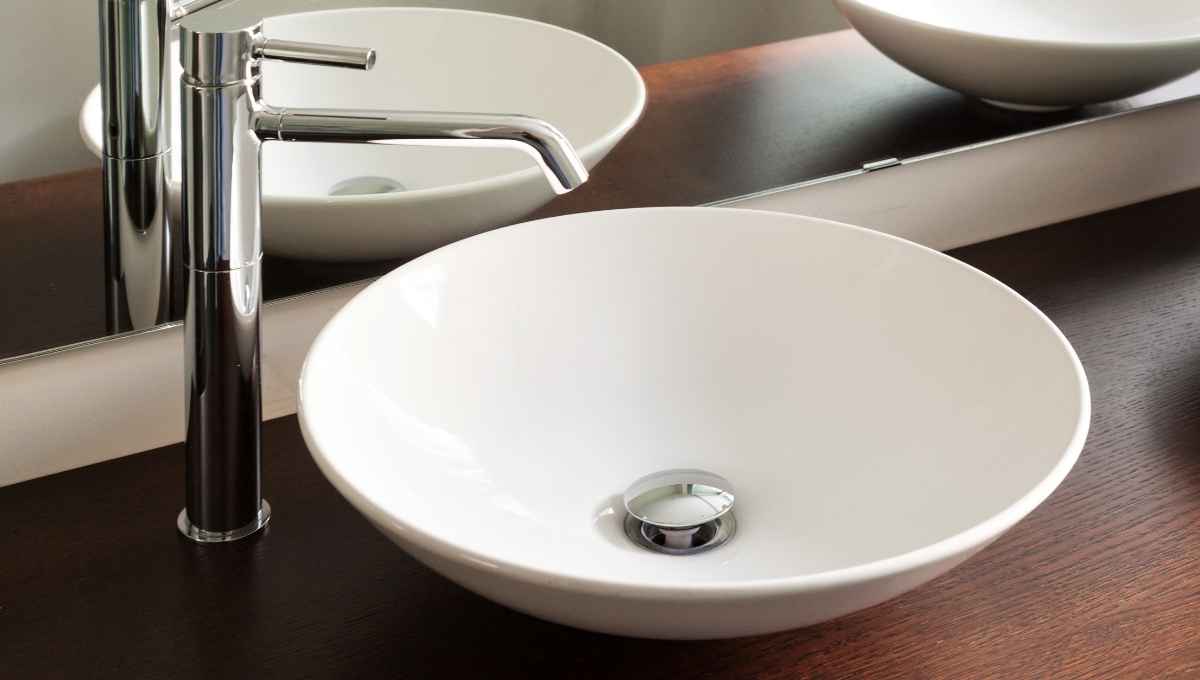 One of the primary functions of a sink stopper is to prevent clogging. Without a stopper, hair, debris, and other small objects can easily go down the drain and cause blockages. This can lead to water backing up in the sink, creating a messy and unpleasant situation. A stopper acts as a barrier, catching any objects that may cause clogs and allowing you to remove them easily.
Water wastage
is another issue that a sink stopper can prevent. When you are washing your face, brushing your teeth, or shaving, you may not need a constant flow of water. By using a stopper, you can control the amount of water you use, reducing wastage and saving money on your water bill.
One of the primary functions of a sink stopper is to prevent clogging. Without a stopper, hair, debris, and other small objects can easily go down the drain and cause blockages. This can lead to water backing up in the sink, creating a messy and unpleasant situation. A stopper acts as a barrier, catching any objects that may cause clogs and allowing you to remove them easily.
Water wastage
is another issue that a sink stopper can prevent. When you are washing your face, brushing your teeth, or shaving, you may not need a constant flow of water. By using a stopper, you can control the amount of water you use, reducing wastage and saving money on your water bill.
Enhances the Aesthetics of Your Bathroom
 Aside from its functional benefits, a sink stopper also contributes to the overall design of your bathroom. With a wide variety of styles, materials, and finishes available, you can choose a stopper that complements the design and theme of your bathroom. From sleek and modern to classic and traditional, there is a stopper to suit every style. It may seem like a small detail, but a well-chosen stopper can add a touch of elegance and sophistication to your bathroom.
Aside from its functional benefits, a sink stopper also contributes to the overall design of your bathroom. With a wide variety of styles, materials, and finishes available, you can choose a stopper that complements the design and theme of your bathroom. From sleek and modern to classic and traditional, there is a stopper to suit every style. It may seem like a small detail, but a well-chosen stopper can add a touch of elegance and sophistication to your bathroom.
Easy to Install and Maintain
 Installing a sink stopper is a simple task that can be done by anyone. You can easily find them at your local home improvement store, and they come with easy-to-follow instructions. Once installed, a stopper requires minimal maintenance. Regular cleaning and occasional lubrication of the mechanism will ensure it continues to function properly.
In conclusion, a sink stopper is an essential component of your bathroom sink. It not only prevents clogging and water wastage but also adds to the aesthetics of your bathroom. With its ease of installation and maintenance, there is no reason not to have a stopper for your bathroom sink. So, if you haven't already, consider adding one to your bathroom design for a functional and stylish space.
Installing a sink stopper is a simple task that can be done by anyone. You can easily find them at your local home improvement store, and they come with easy-to-follow instructions. Once installed, a stopper requires minimal maintenance. Regular cleaning and occasional lubrication of the mechanism will ensure it continues to function properly.
In conclusion, a sink stopper is an essential component of your bathroom sink. It not only prevents clogging and water wastage but also adds to the aesthetics of your bathroom. With its ease of installation and maintenance, there is no reason not to have a stopper for your bathroom sink. So, if you haven't already, consider adding one to your bathroom design for a functional and stylish space.


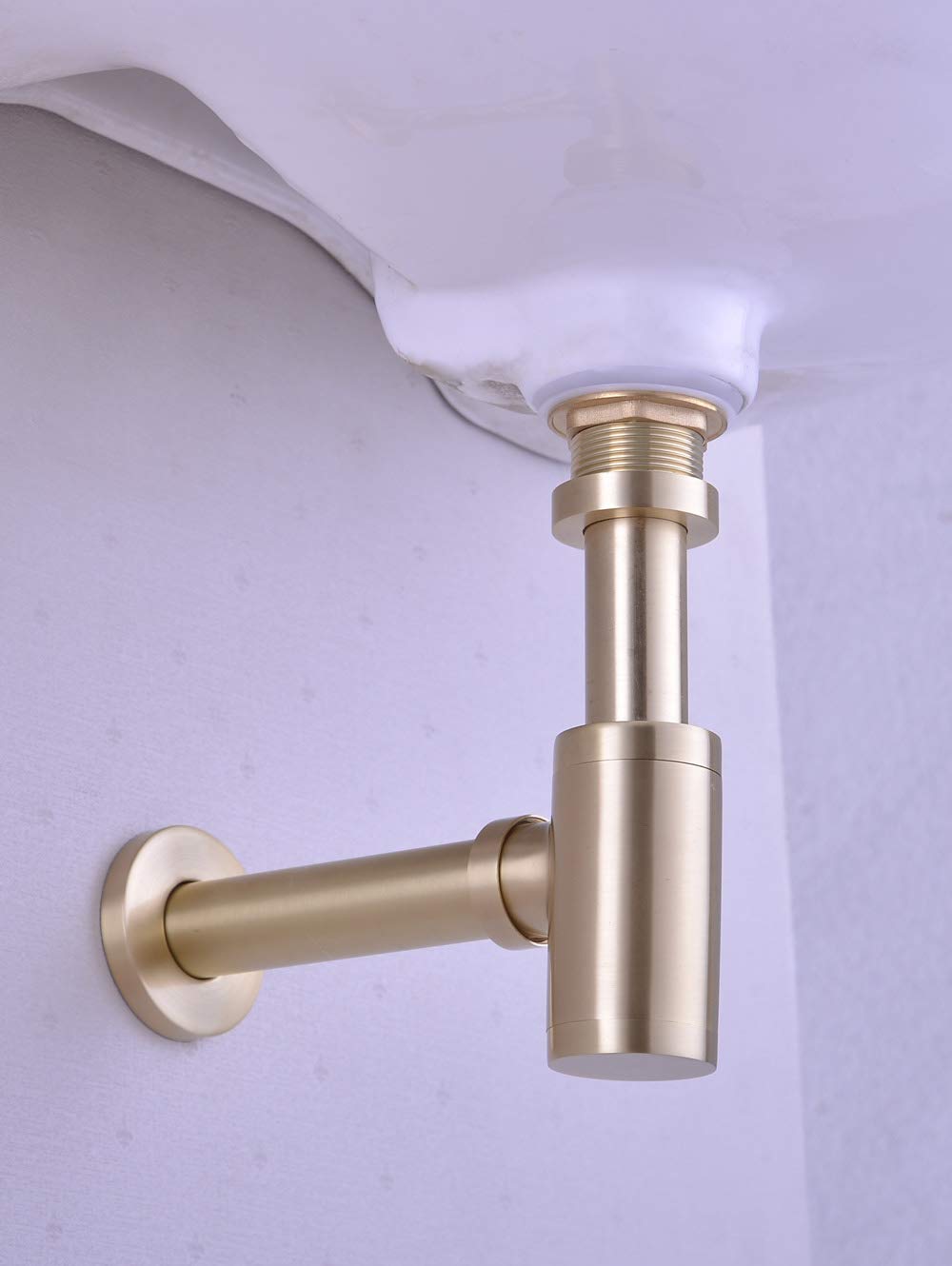

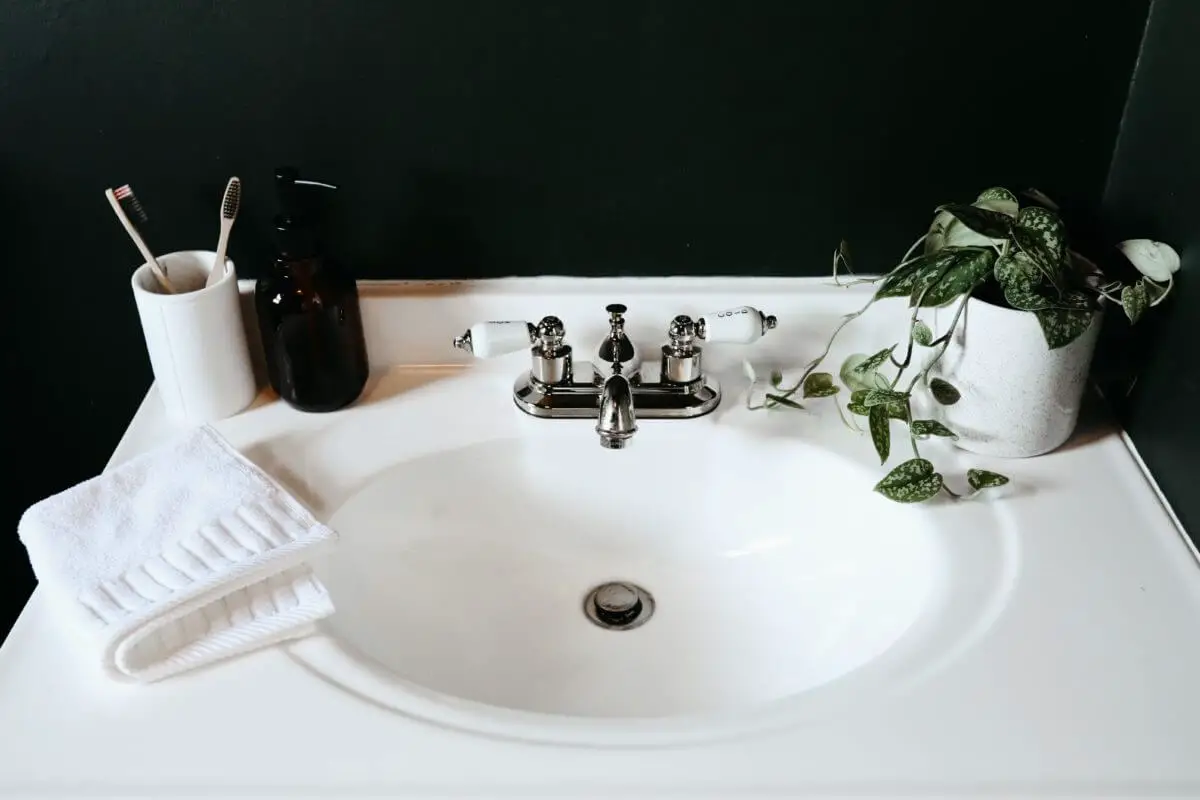
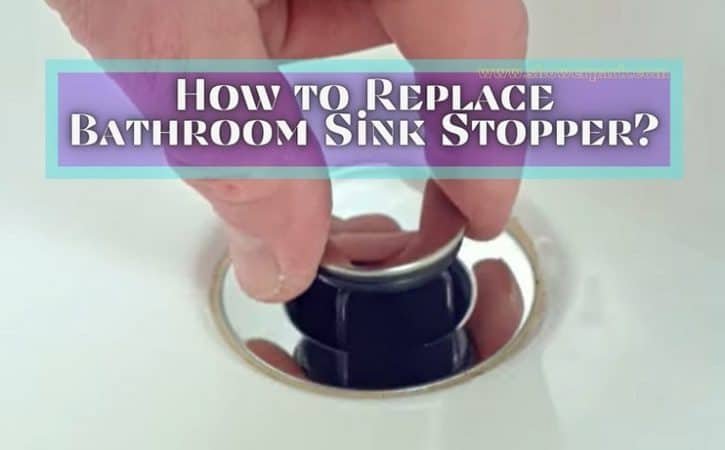





:max_bytes(150000):strip_icc()/bathroom-sink-drain-installation-2718843-07-2b728cbd5c994dc39179346f51bb6421.jpg)

